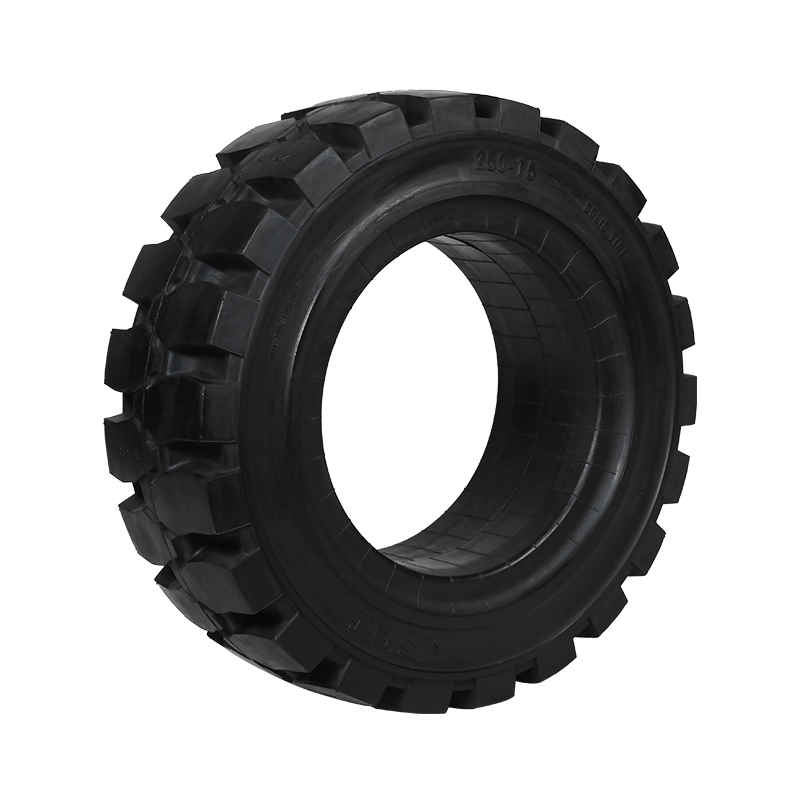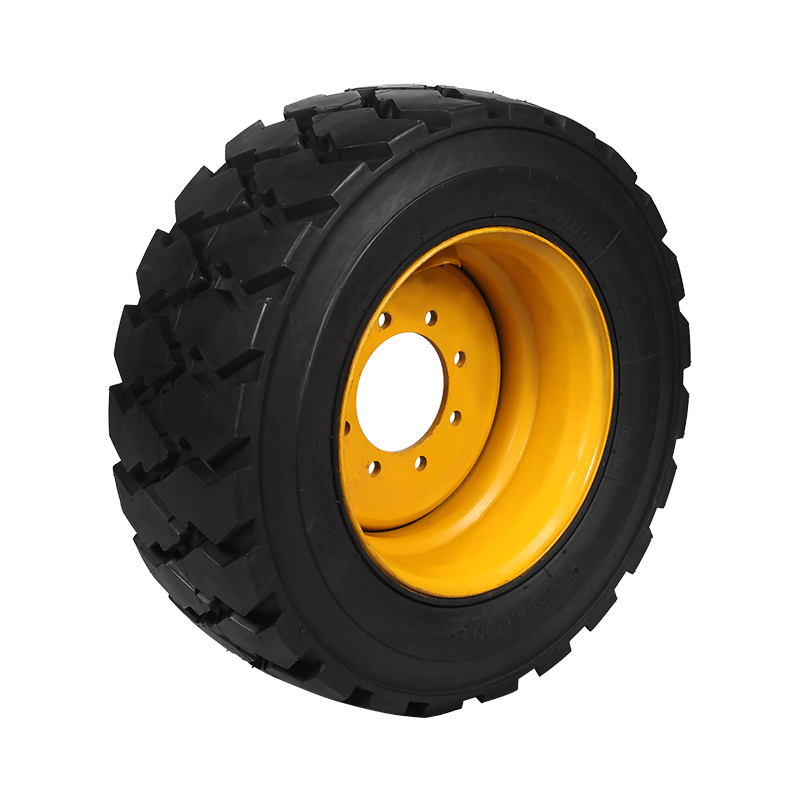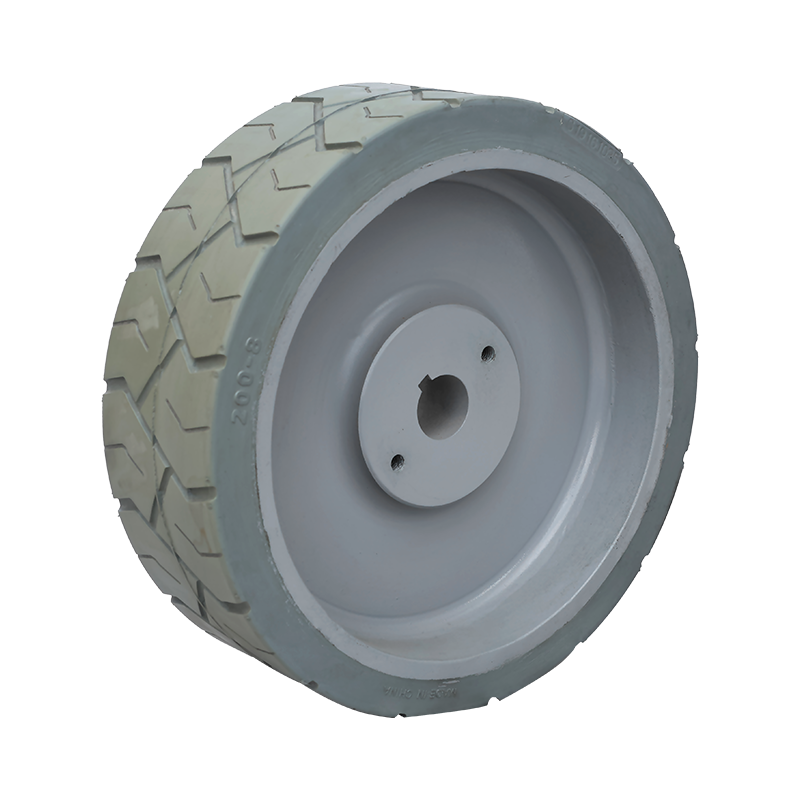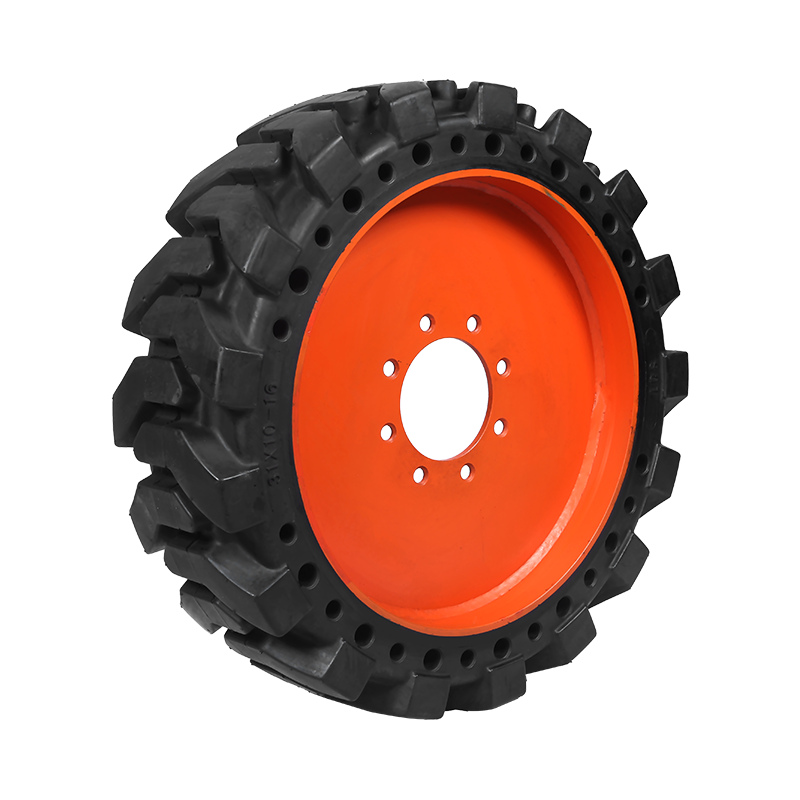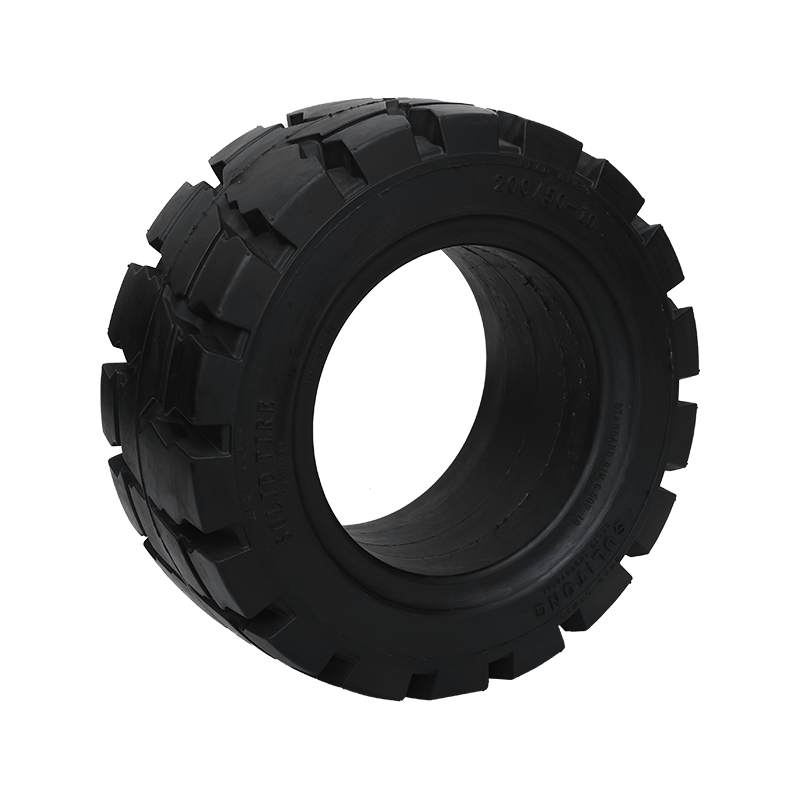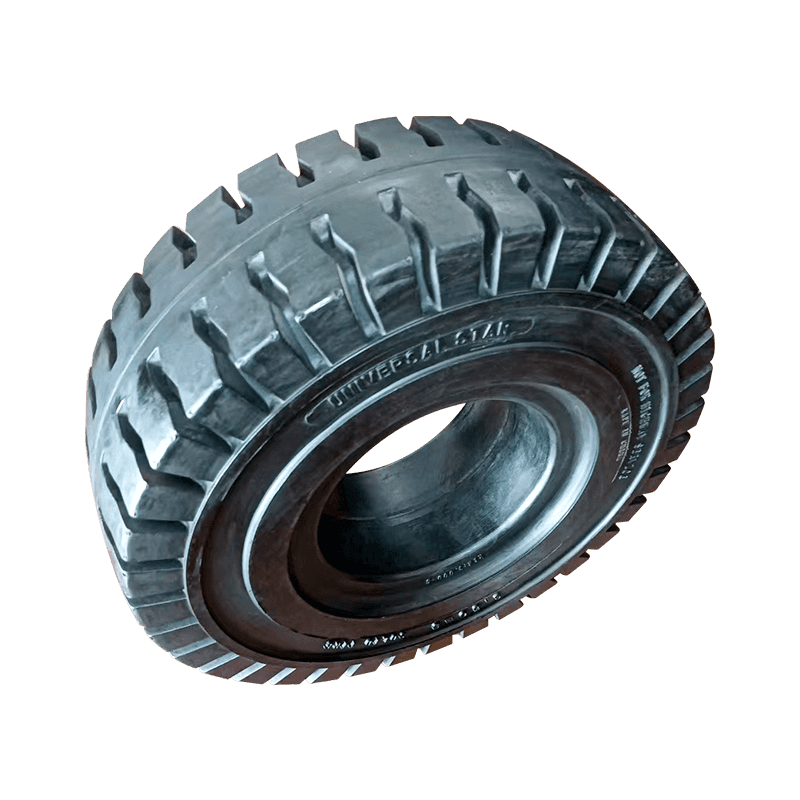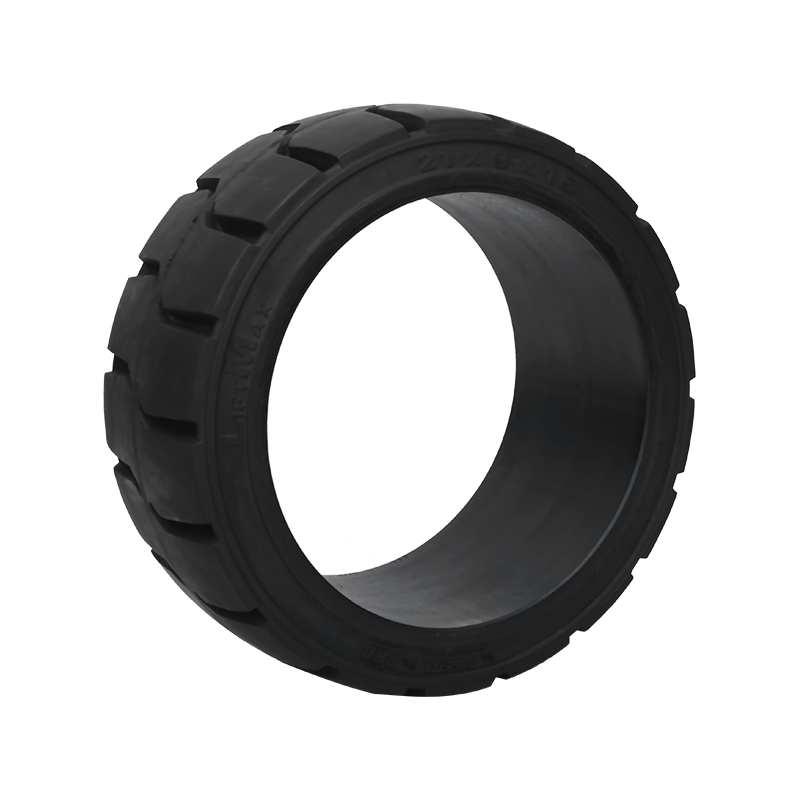What is the main benefit of using solid non-marking tires on a slab scissor lift?
The performance and efficiency of a slab scissor lift depend heavily on its components, and the choice of Scissor Lift Tires is particularly critical. For indoor and sensitive surface operations, solid non-marking tires have become the industry standard, offering a suite of benefits that directly impact safety, maintenance, and operational cost.
Enhanced Floor Protection
The most immediate and apparent benefit of non-marking tires is their ability to prevent damage and discoloration to finished floor surfaces. Slab scissor lifts are predominantly used in warehouses, retail spaces, hospitals, and clean manufacturing facilities where floors are often epoxy, tile, hardwood, or polished concrete. Standard black rubber tires contain carbon black, a compound that leaves unsightly and difficult-to-remove skid marks when the lift is maneuvered.
Solid non-marking Scissor Lift Tires, typically made from a natural or synthetic rubber compound with white or gray silica as a filler instead of carbon black, eliminate this risk. This is a massive advantage for operators, as it reduces or eliminates the need for post-job floor cleaning or remediation, saving significant time and expense. This benefit alone makes them a requirement for many sensitive indoor projects.
Superior Durability and Puncture Resistance
Solid tires, by their nature, are airless. This design offers complete immunity to the most common issue plaguing pneumatic tires: punctures. In environments like construction sites or industrial settings where sharp debris (nails, screws, metal shavings) is common, a puncture can lead to costly downtime, loss of productivity, and potential safety hazards.
Because solid Scissor Lift Tires are constructed from a dense rubber compound, they provide superior wear resistance and a longer operational lifespan than pneumatic alternatives. This extreme durability means lower replacement frequency and reduced long-term maintenance costs for the scissor lift owner or fleet manager. Their consistent shape also ensures stability is maintained throughout their entire lifespan.
Increased Stability and Safety
The construction of solid tires offers a more stable platform for the slab scissor lift, particularly when the platform is fully extended. Pneumatic tires can sometimes compress or slightly deform under extreme loads, which can subtly affect the level and stability of the platform.
Solid non-marking Scissor Lift Tires maintain their fixed shape and provide a consistently firm base, which is crucial for operator safety and confidence when working at heights. Furthermore, because they are puncture-proof, there’s no risk of a sudden deflation, which is a major safety concern for any Mobile Elevated Work Platform (MEWP). The consistent footprint contributes to predictable handling and safer operation.
Elimination of Tire Maintenance
Switching to solid Scissor Lift Tires effectively eliminates all tire-related maintenance associated with air pressure. There is no need for regular pressure checks, inflation, or repairing flats. This saves valuable time for maintenance personnel and ensures the lift is always ready for service. The time saved from not having to manage air pressure or repair unexpected punctures translates directly into higher operational uptime and efficiency.
In summary, the transition to solid non-marking tires for a slab scissor lift is a clear investment in safety, efficiency, and asset protection. They not only ensure the integrity of high-value indoor floor surfaces but also provide the robust, maintenance-free, and stable operation essential for modern high-reach access equipment.
CONTACT US
-

Email: SMT001@saimeite-tyre.com
-

Phone: +86-18451337018No. 1, Renmin South Road, Yandu District, Yancheng City, Jiangsu Province, China

 English
English 한국어
한국어 Français
Français Español
Español

